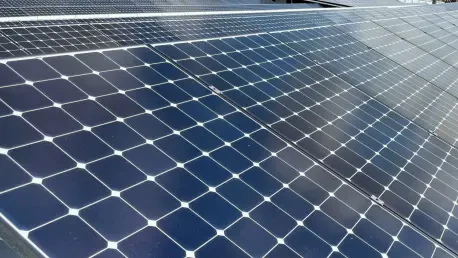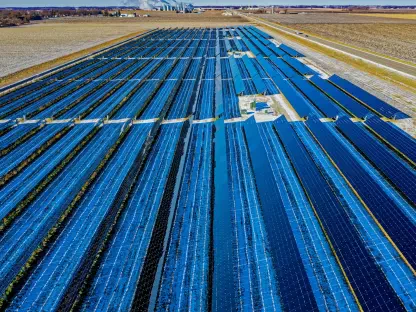The evolution of the United States energy sector is undergoing a significant shift, with solar power emerging as the predominant source of new electricity generation capacity. Over the past eighteen months, new solar installations have continuously led the market, and data analysis strongly indicates that this trend will persist through the next three years. The Sun Day Campaign’s detailed examination of the Federal Energy Regulatory Commission’s (FERC) latest Energy Infrastructure Update reveals that solar power accounted for nearly 75% of all new generation added in the initial months of this year. This dominant position underscores the increasing importance of solar power in the country’s energy portfolio.
Shifting from Fossil Fuels to Renewables
Numerous projections suggest that the U.S. will decommission more fossil-fuel capacity than it will build in the coming years. Specifically, an estimated 25.5 gigawatts (GW) of fossil-fuel capacity is expected to be dismantled, juxtaposed against nearly 113.7 GW of renewable energy additions projected to come online. Of this new capacity, utility-scale solar installations are set to contribute approximately 89 GW, representing nearly 80% of all new capacity anticipated. Wind power also holds significant potential, with expected additions hovering around 23 GW. In stark contrast, coal and oil capacities are forecasted to decline substantially, with coal decreasing by nearly 25 GW and oil by just over 2 GW.
From a capacity deployment perspective, February alone witnessed the commissioning of 39 utility-scale solar facilities, culminating in 1.5 GWac of new capacity. This was a significant contribution, constituting 81% of that month’s new capacity additions. Combined with wind projects which added 266 megawatts (MW), the renewable share surged to 95.3% of all new generation capacity. A minor contribution came from natural gas, which added a modest 87 MW. These statistics highlight a clear trend: renewable energy, particularly solar, is becoming the dominant force in the U.S. energy sector.
Future Outlook and Strategic Implications
Looking forward, the FERC’s projections indicate that by March 2028, utility-scale solar will account for approximately 16% of the total U.S. generating capacity, second only to natural gas. Currently, the combined share of wind and solar power stands just over 22.5%, and this is anticipated to climb to 29% within the next three years. This growth trajectory emphasizes the increasing reliance on renewable sources to meet the nation’s energy needs.
Moreover, the importance of energy storage cannot be overstated. It has secured its place as the second-largest addition to the power grid. This trend signifies a strategic pivot towards more sustainable and resilient energy solutions. By supporting intermittent renewable sources such as solar and wind, energy storage systems play a crucial role in ensuring a stable and reliable power supply, further reinforcing the transition from fossil fuels to greener alternatives.
Conclusion
The United States energy sector is experiencing a remarkable transition, with solar power taking the lead as the primary source of new electricity generation capacity. Over the past year and a half, solar installations have consistently dominated the market. Data analysis from the Sun Day Campaign’s in-depth review of the Federal Energy Regulatory Commission’s (FERC) latest Energy Infrastructure Update shows that solar power made up nearly 75% of all new power generation added in the early months of this year. This trend is expected to continue for at least the next three years. The rising prominence of solar energy highlights its growing role in the nation’s energy mix, emphasizing its increasingly vital contribution to the country’s overall energy portfolio. The ongoing advancements and investments in solar technology, coupled with supportive policies, are driving this sustainable shift, positioning solar power at the forefront of the United States’ energy future.









